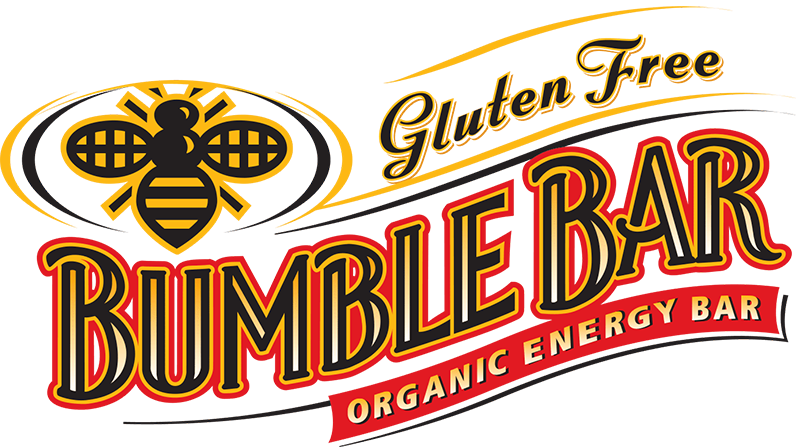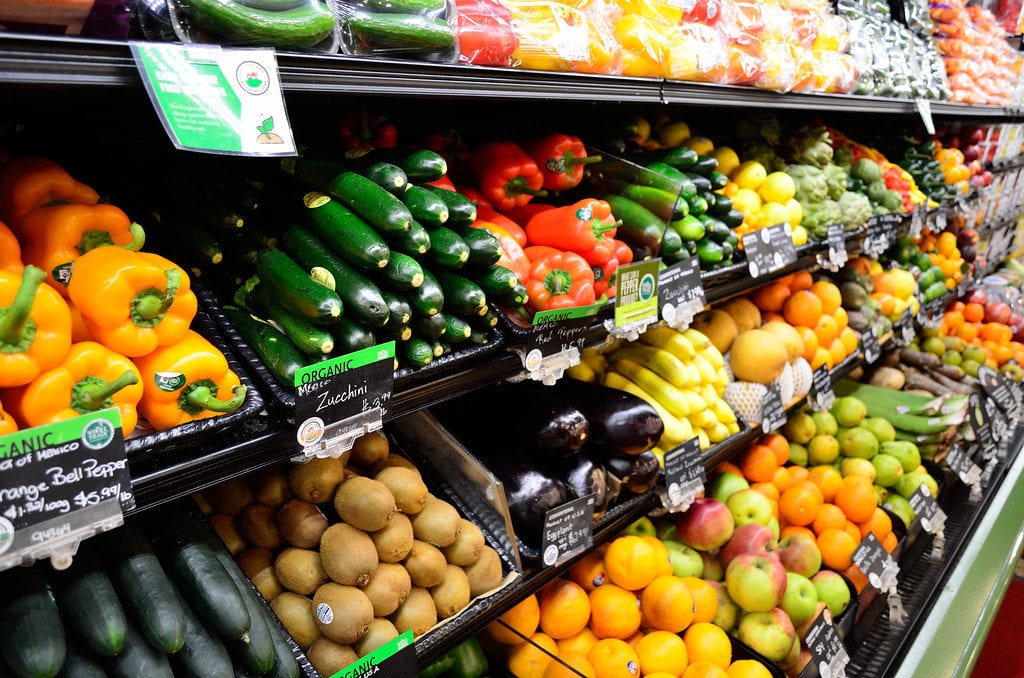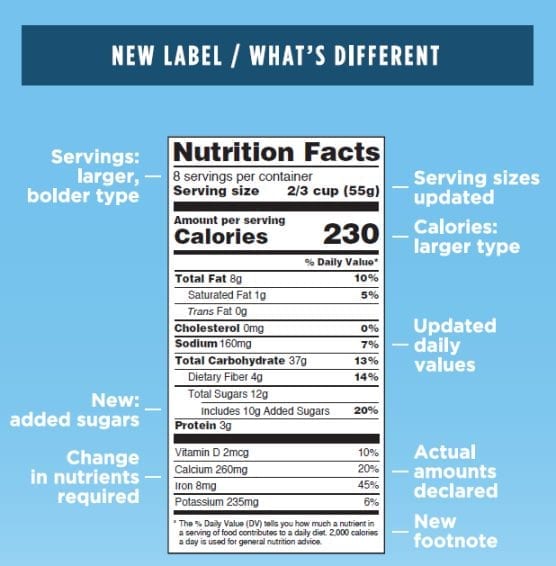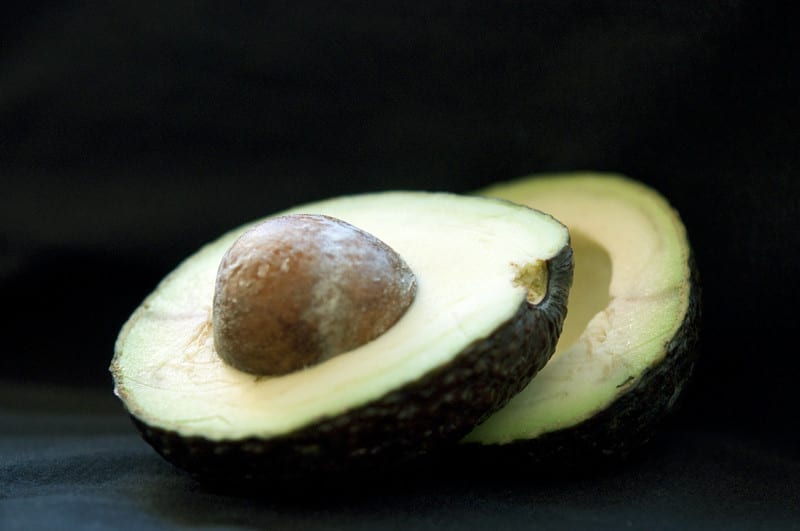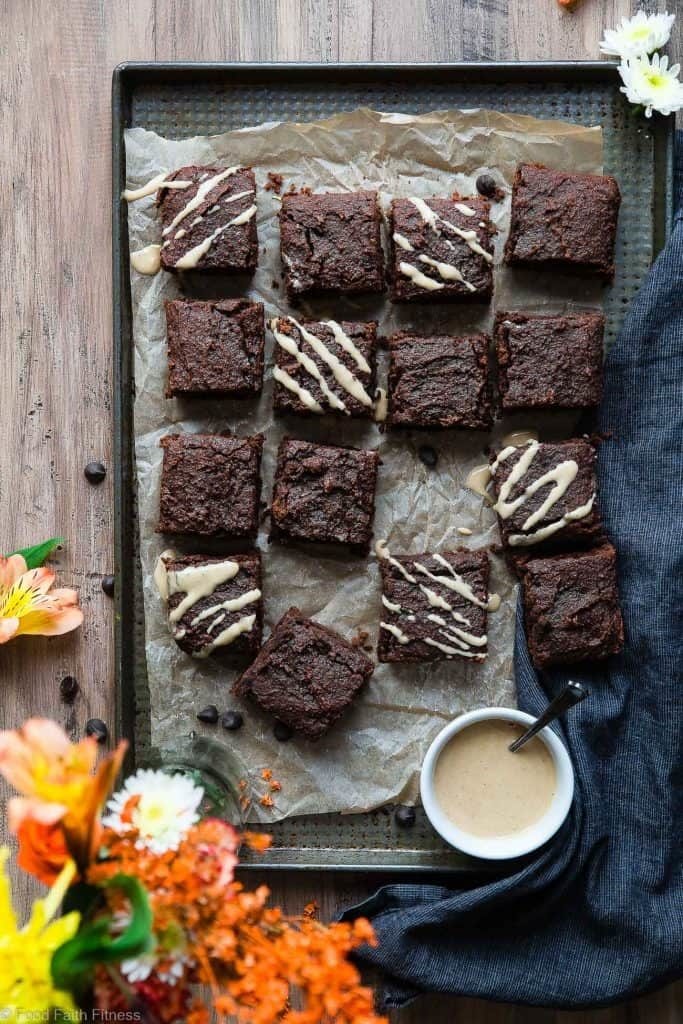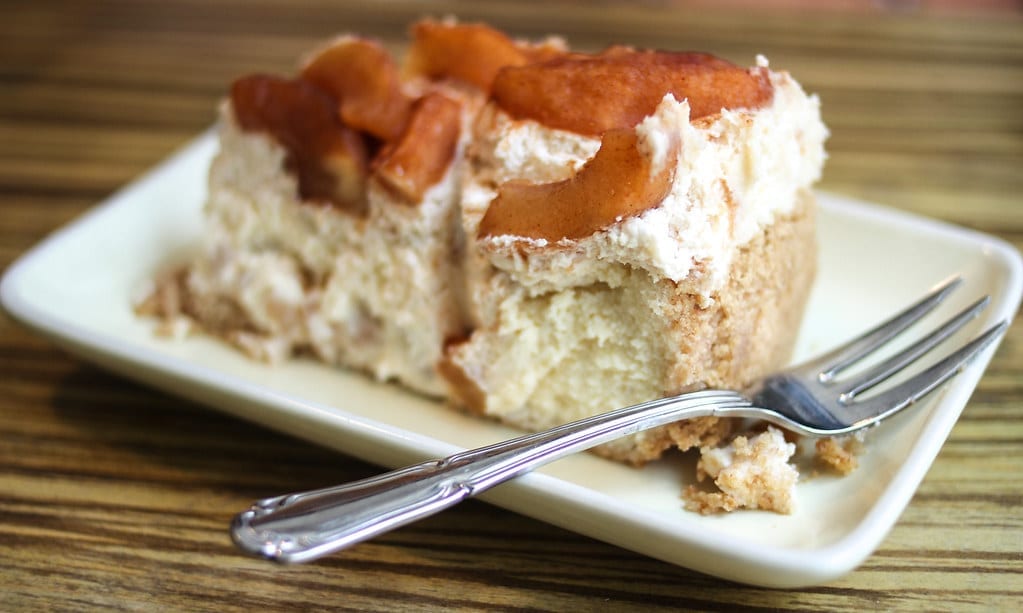
One of the best things I have done for my body lately is reducing my sugar intake. When I first decided to do this, it seemed scary and overwhelmingly restrictive. Desserts are my jam. The good news I discovered: I don’t have to give them up.
By no means have I achieved a completely low sugar diet by now, but I’m certainly much better than I was before.
If you’re thinking about reducing sugar in your diet, too, here are 8 tips and things I learned so far that might help you on your journey. Let’s start with the benefits so you feel encouraged:
-
Everything tastes yummier.
This excites me the most! The typical American diet is pretty much drowning in sugar, so our taste buds have become used to that strong sweet zing. When we eat foods that lack a sweet punch, they taste bland and unappealing.
I used to struggle with eating lots of vegetables. Now I enjoy them and even crave them. Many foods I used to dislike, but I now love, like coconut. I can even taste the subtle sweetness in almonds! Fruit became intensely sweet-tasting and satisfying. Other people’s accounts say this adjusting of your taste buds can take 3 weeks to a month, so be patient if you don’t notice the change right away.
-
You feel better.
Without my blood sugar constantly spiking and falling from eating large amounts of sugar, I feel more even-keeled. I have more energy and I also believe it has calmed my anxiety, eased my depression a bit, cleared up some of my acne, and made my brain feel less foggy. Habitually eating less sugar can also lower your risk of diabetes and heart attacks, while improving your sleep and helping you lose weight.
But don’t overwhelm yourself by trying to stop eating sugar all at once. Your mental health is extremely important in that sense, too. Just make small adjustments here and there to begin to wean yourself off of sugar. A slow, careful process is much better than getting overwhelmed and giving up.
Be aware, once your body acclimates to eating less sugar, you might not feel so well if you eat a whole bunch of sugar all at once like you used to.
-
Focus on eating whole foods.
Instead of first focusing on what you shouldn’t eat, focus on what you can eat. I began by filling my diet with as many whole foods as possible. I skip most of the middle aisles of the grocery store where most of the heavily processed food is. I also now frequent the farmer’s market. By cooking my meals from whole foods, I avoid a ton of added sugar.
-
Become label savvy.
When you do buy processed packaged foods, check the label for sugar and added sugar content. Some food labels display added sugar in their products and all labels soon will, per FDA regulations. “Added sugar” tells you how much sugar was added to sweeten the food in addition to the naturally occurring sugar. Avoid added sugar as much as possible.
-
Eat savory breakfasts.
My typical breakfast from when I was a kid to when I was in college was a big bowl of cereal, toast with peanut butter and jelly, and a glass of fruit juice. That’s a giant wallop of sugar first thing in the morning! Breakfast was the first thing I changed on my sugar-reducing journey. Instead of eating only carbs for breakfast, I eat protein-heavy breakfasts. I eat things like eggs, roasted vegetables (Yes, vegetables for breakfast!), spinach or kale, ground turkey, grass-fed beef sausages, and beans. My favorite thing is to mix up a combination of these things in a big scramble, like this Paleo breakfast scramble.
Changing breakfast has been pivotal in reducing sugar in my diet and making me feel better. Starting the day with less sugar and more protein sets me up to have less sweet cravings during the day. It also gives me longer-lasting energy.
-
Eat more protein and fat.
Higher protein and fat intake has been shown to reduce hunger and sugar cravings. Protein makes you feel fuller, so you will be less likely to impulse eat a sweet snack or overeat during your meal. For fats, look for good-for-you fats, such as avocados, nuts, and seeds.
-
Ditch fruit juice.
You might think fruit juice is good for you, because fruit, but even pure juice without added sugar has a ton of natural sugar when you drink a straight glass. Instead of drinking juice, eat a whole piece of fruit. You’ll at least be getting other nutrients, such as fiber, that’s squeezed out of juice. For a fruity beverage, opt for fruit-infused water or tea. My new favorite bubbly drinks are Spindrift’s unsweetened sparkling water made with real fruit (no mysterious natural flavors, yay!).
Please, stop making your smoothies with only fruit juice and fruits. Use nut or seed milk, or even water, for the liquid instead. Take out half of the fruit and sub in vegetables, such as kale and cucumber.
-
Keep desserts!
Yes, continue eating desserts. I do! I must. I just do it differently now. The first challenge is simply to try not eating as much, portion- and frequency-wise. I have heard advice to “schedule” days to allow yourself to eat desserts to help break the habit of eating them everyday. I haven’t mastered this method yet. It sounds like a good idea, though. Try establishing a rule that you can have dessert on Wednesdays and on the weekends. It’s self control without total deprivation.
Second challenge: Eat better-for-you desserts.
It’s almost impossible to find a good, low-sugar dessert option at the store that doesn’t have artificial sweeteners and other processed ickies in it. I make my own desserts. I bake large batches of goodies and freeze portions of them and take them out of the freezer when I run out. This saves tons of time.
Dessert tips: Take your favorite cookie or brownie recipes and cut the sugar by 25-30%. That’s the general safe range before you’ll need to adjust other parts of your recipe. As you start weaning off of sugar, you eventually won’t notice the reduction. It’s best to not use refined white sugar at all. Instead, use sweeteners—like honey, maple syrup, agave, and coconut sugar—that have other nutrients. You can also use fruit to sweeten in place of sugar or syrup. Applesauce and dates can be found in a lot of dessert recipes in place of sugar. I love using sweet potatoes! Focus on flavor in desserts, rather than just sweetness. Use spices and extracts, such as almond, lemon, or orange oil.
As for chocolate (the most important!), once you get used to dark chocolate, there’s no going back! Try to eat as dark as possible—70% and higher. A couple of my current favorite chocolates are Divine’s 85% Exquisitely Rich Dark Chocolate bar and Wild and Alive’s raw vegan chocolates sweetened with coconut sugar. Just like with coffee, chocolate has so much subtly of flavor you can enjoy when it’s not being masked by all that sugar (and milk, bleh!). The region where the cocoa beans grow affects the flavor and so does the processing. Buying high quality, fair trade chocolate is well worth it!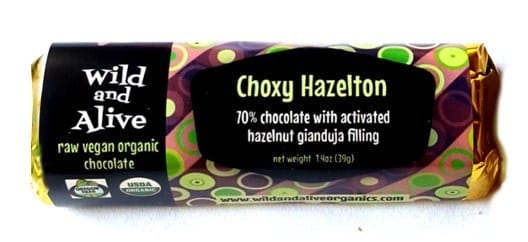
Here are some dessert recipes to get you started. Good luck!:
Liz’s Gluten-free Lemon Date Bars
Paleo Sweet Potato Brownies
Chocolate Banana Vegan Ice Cream
Edible Paleo Chocolate Chip Cookie Dough
